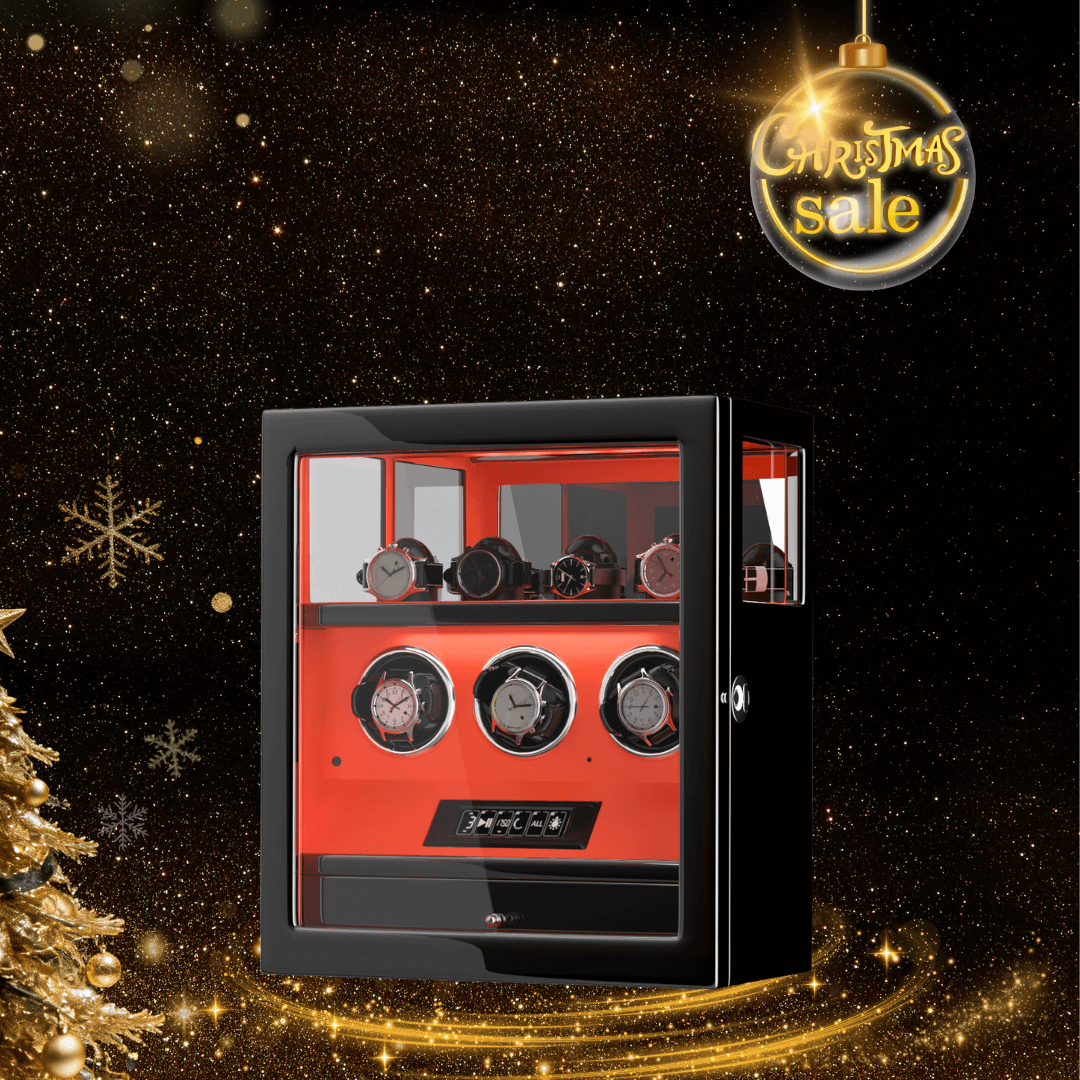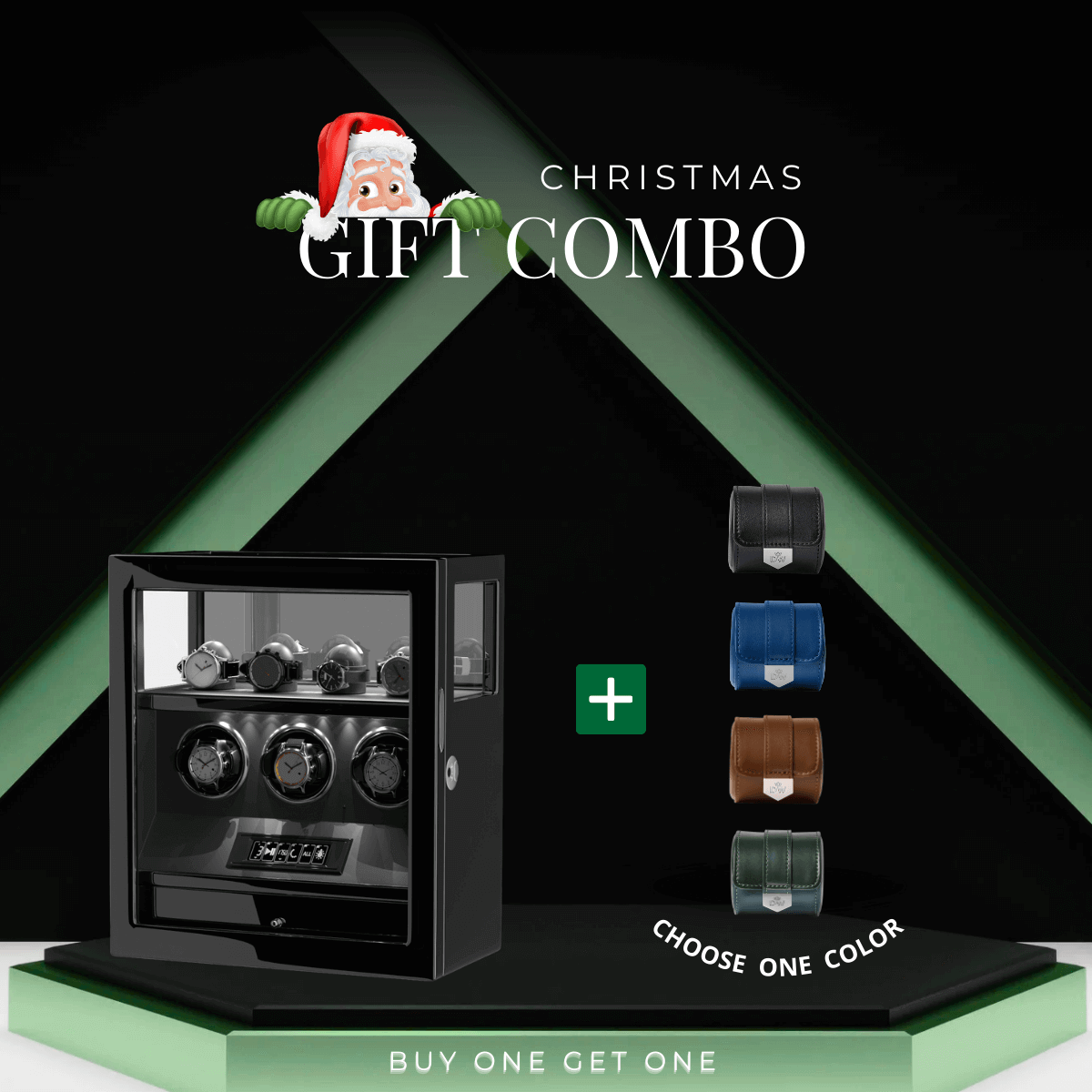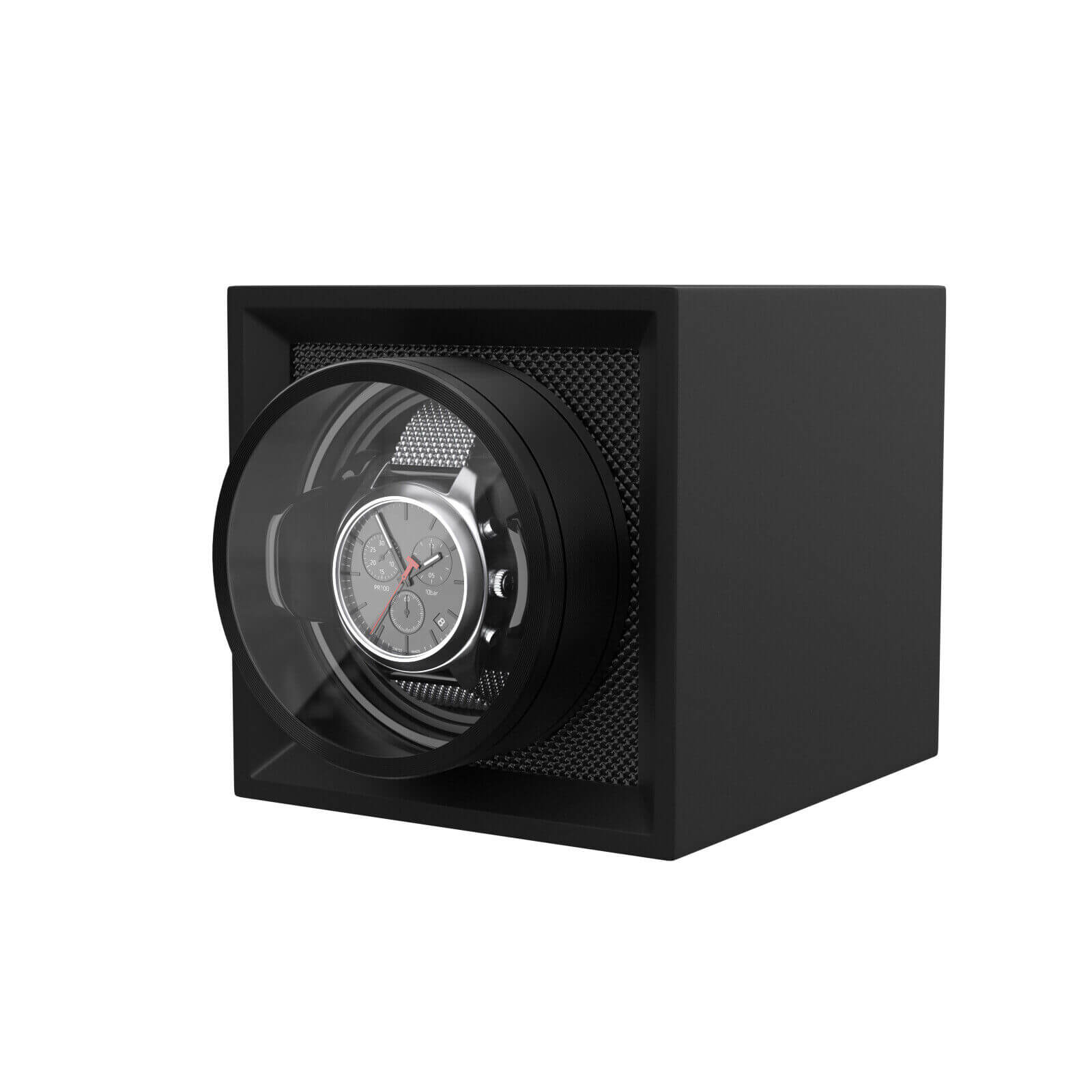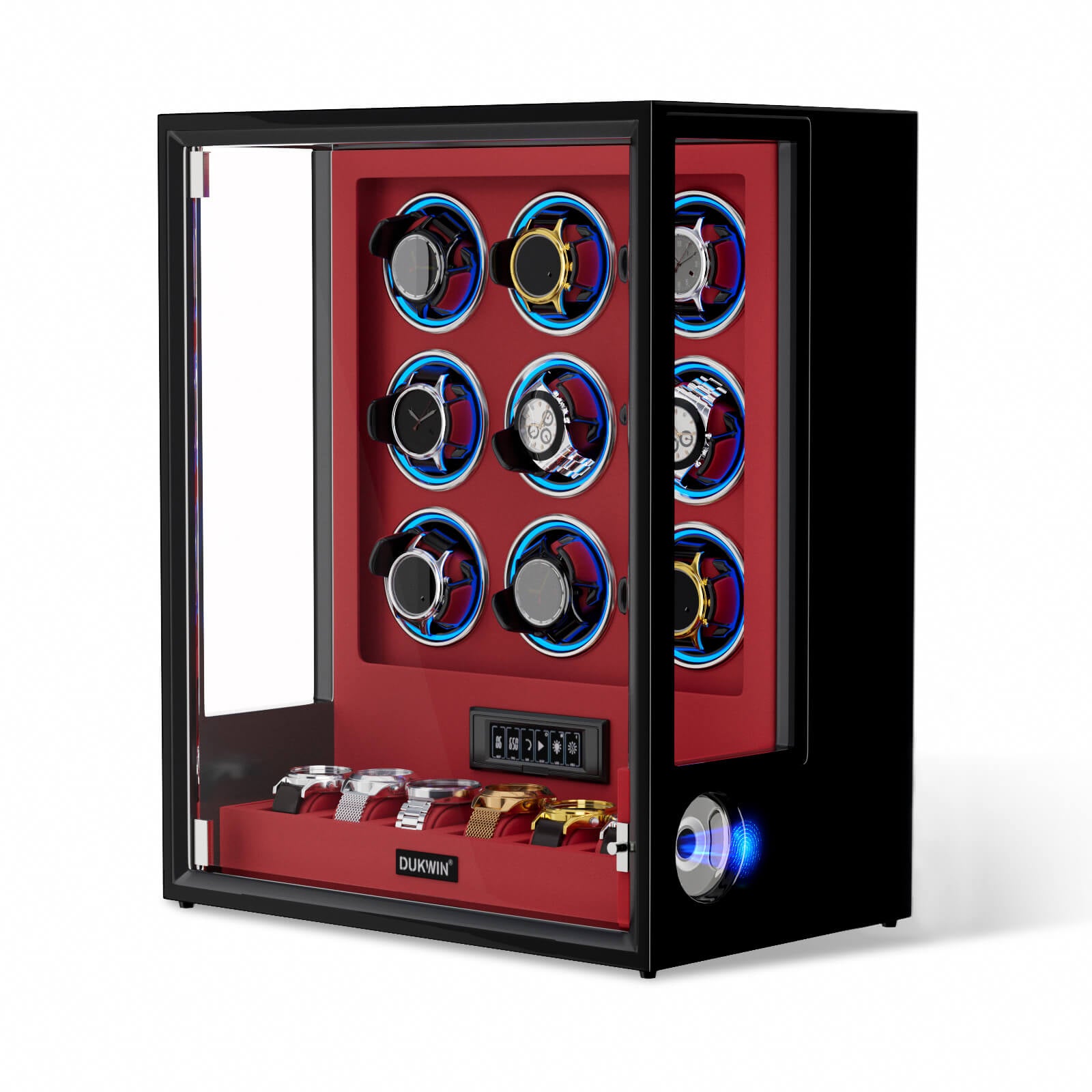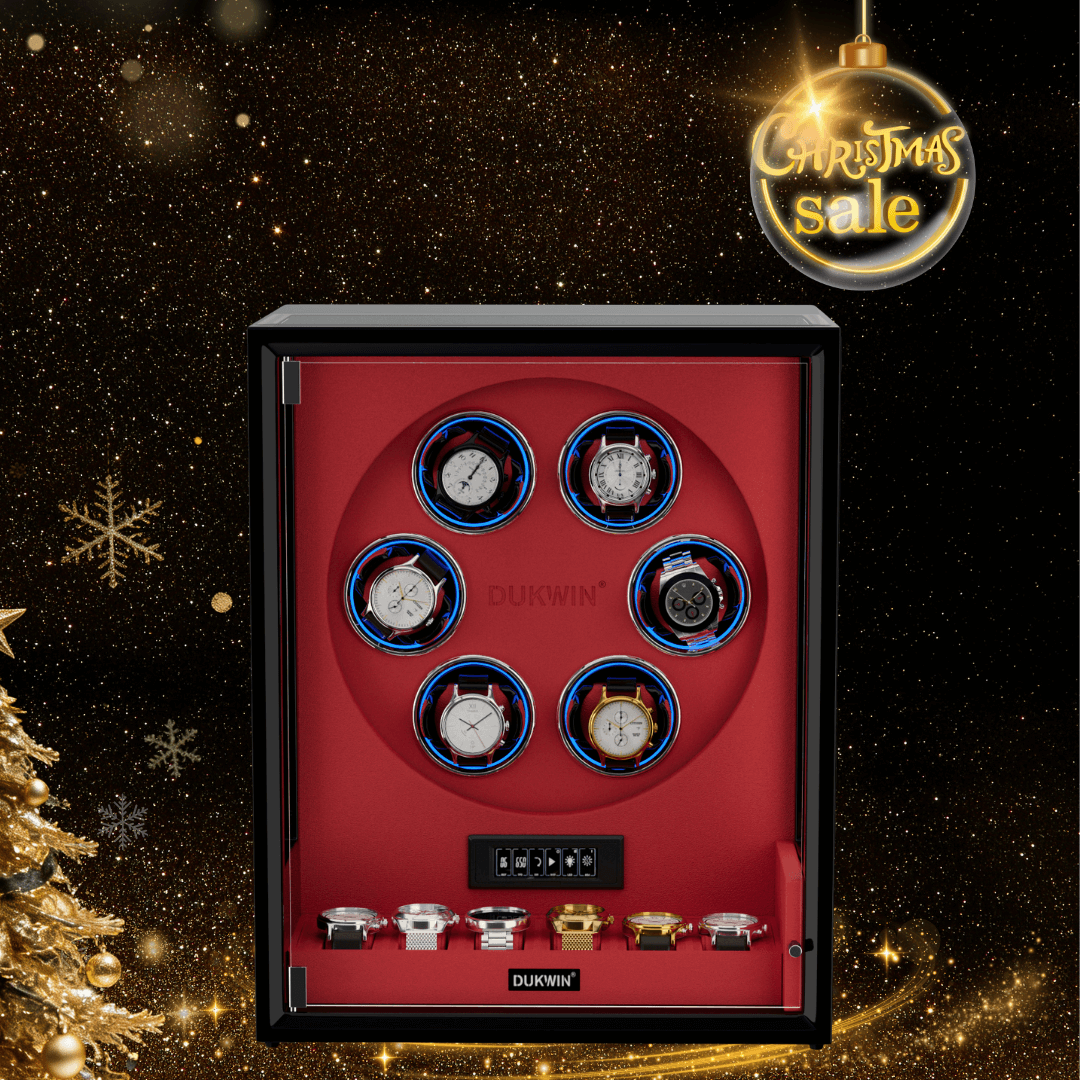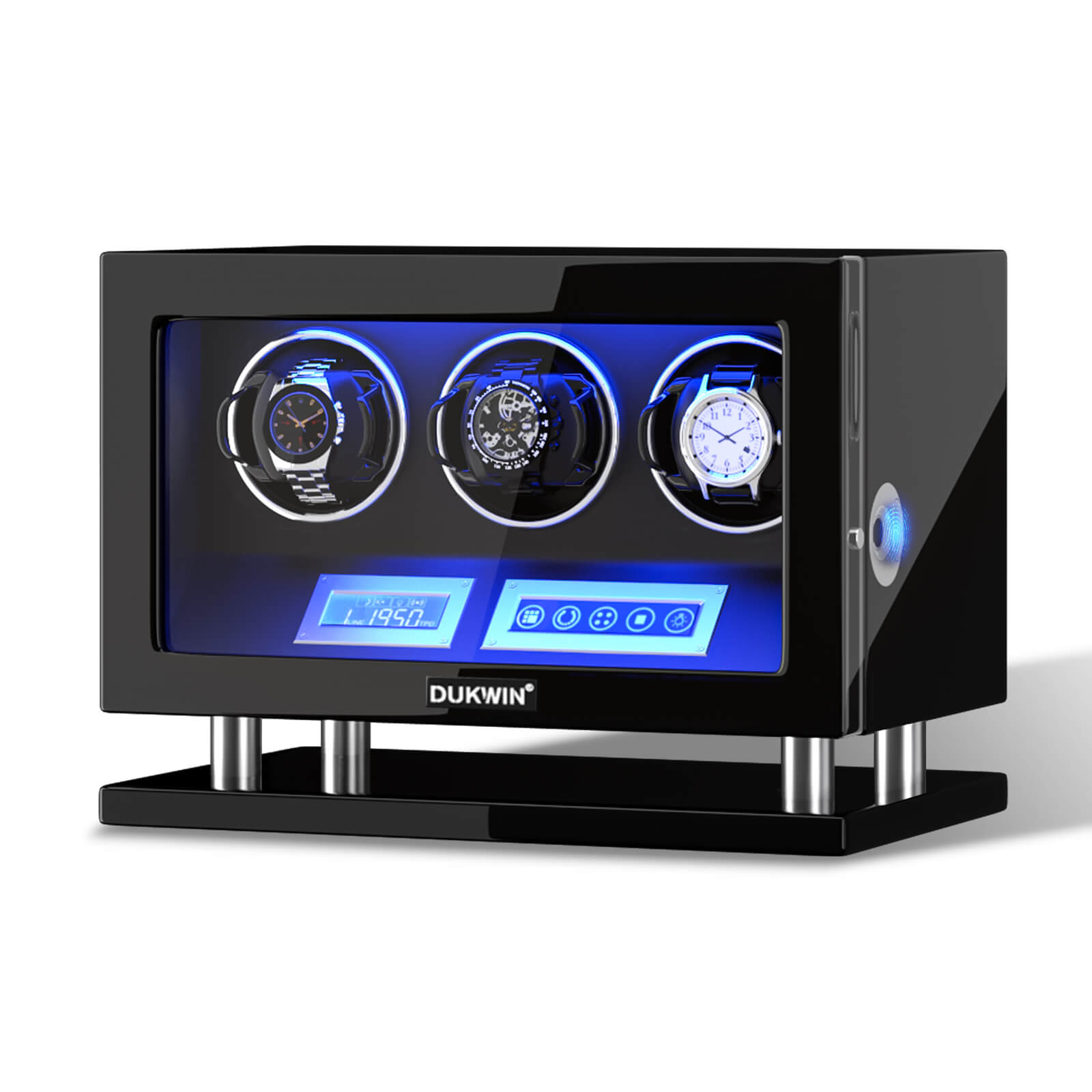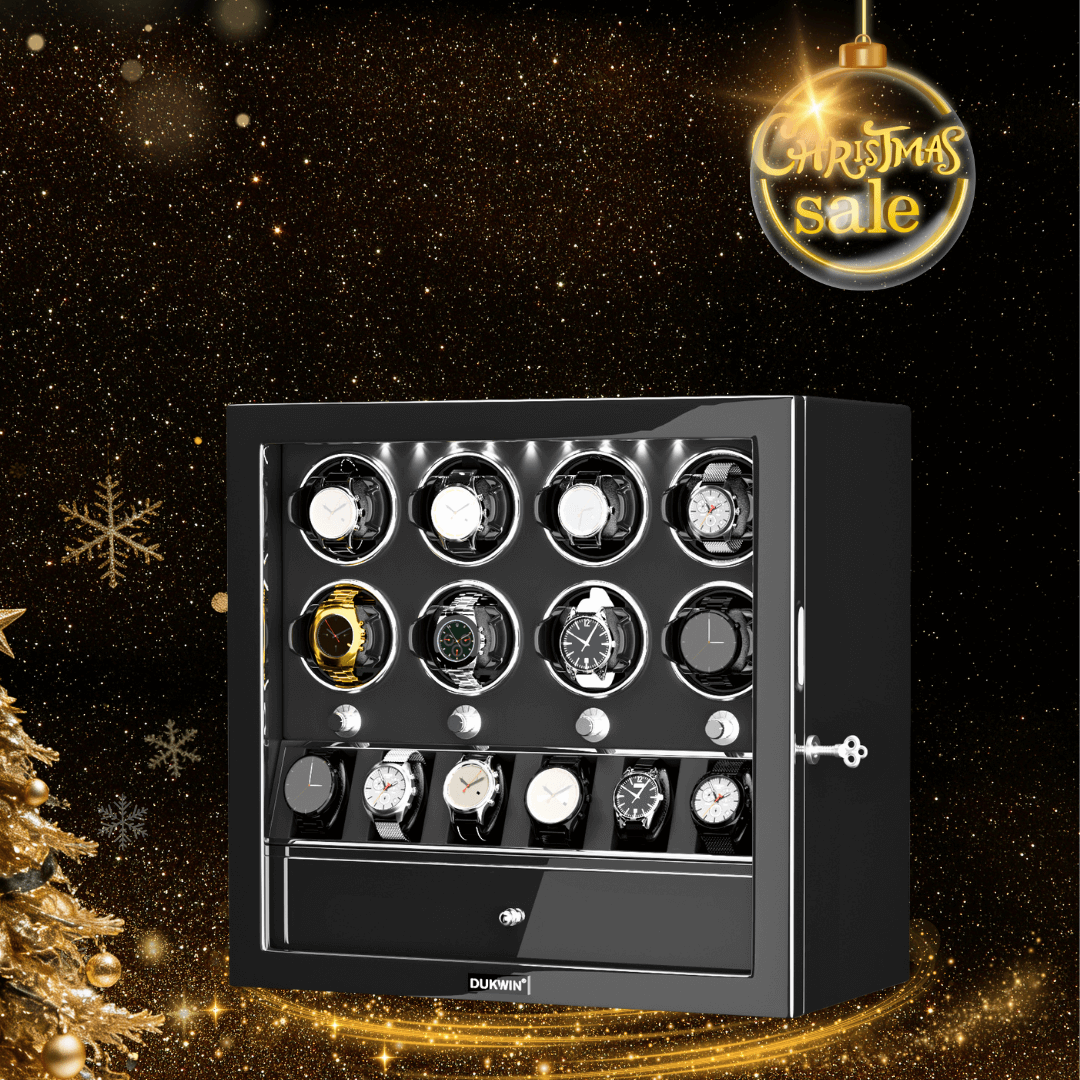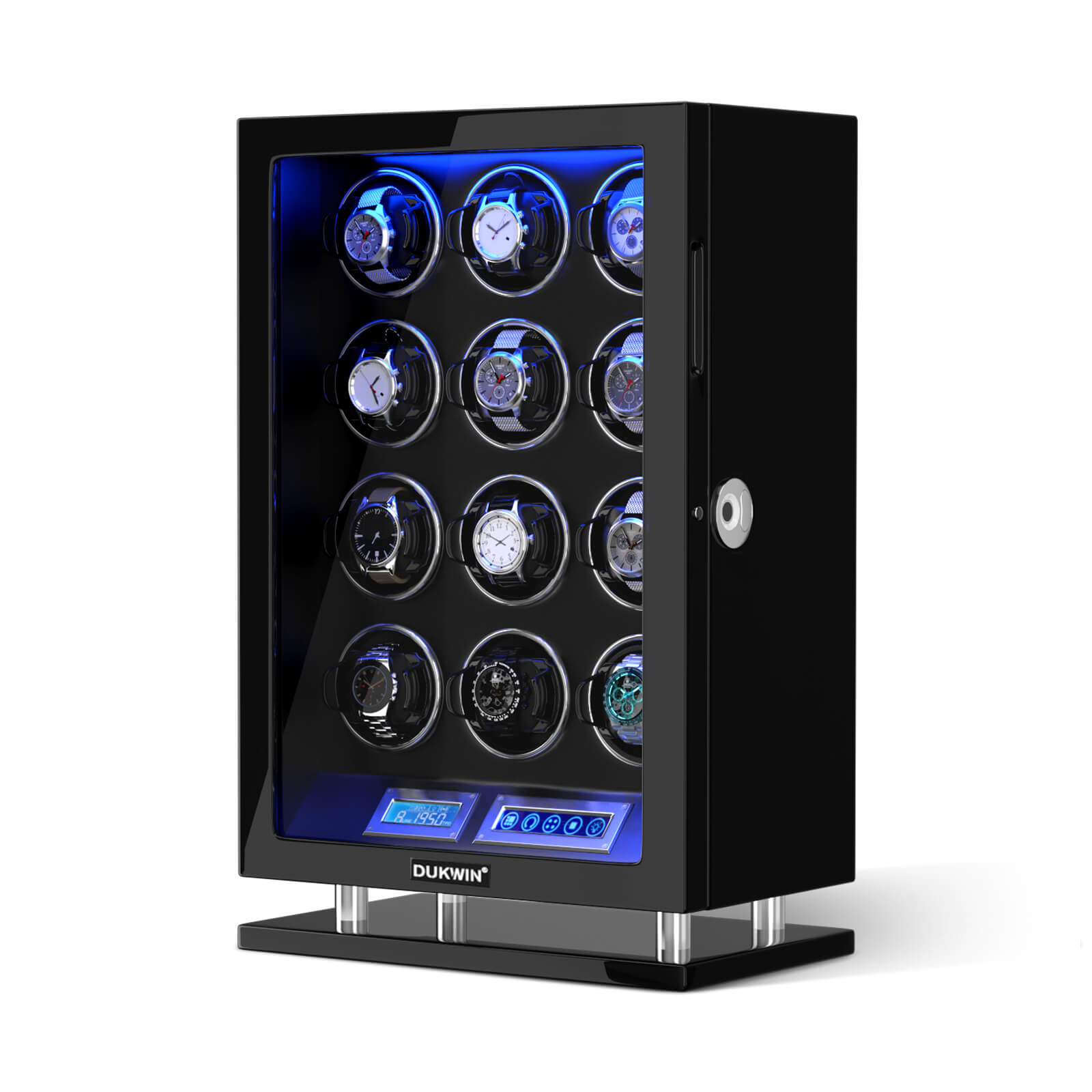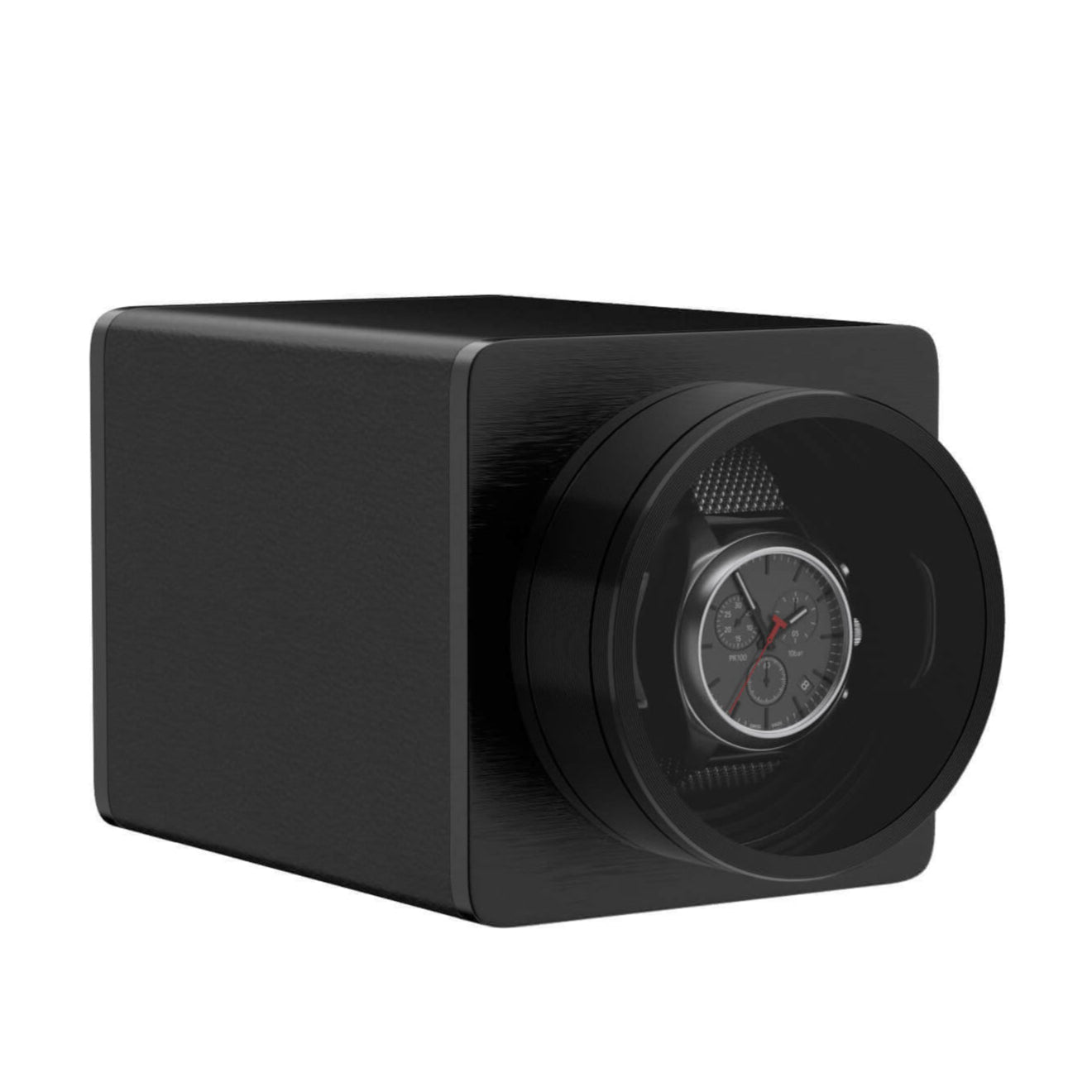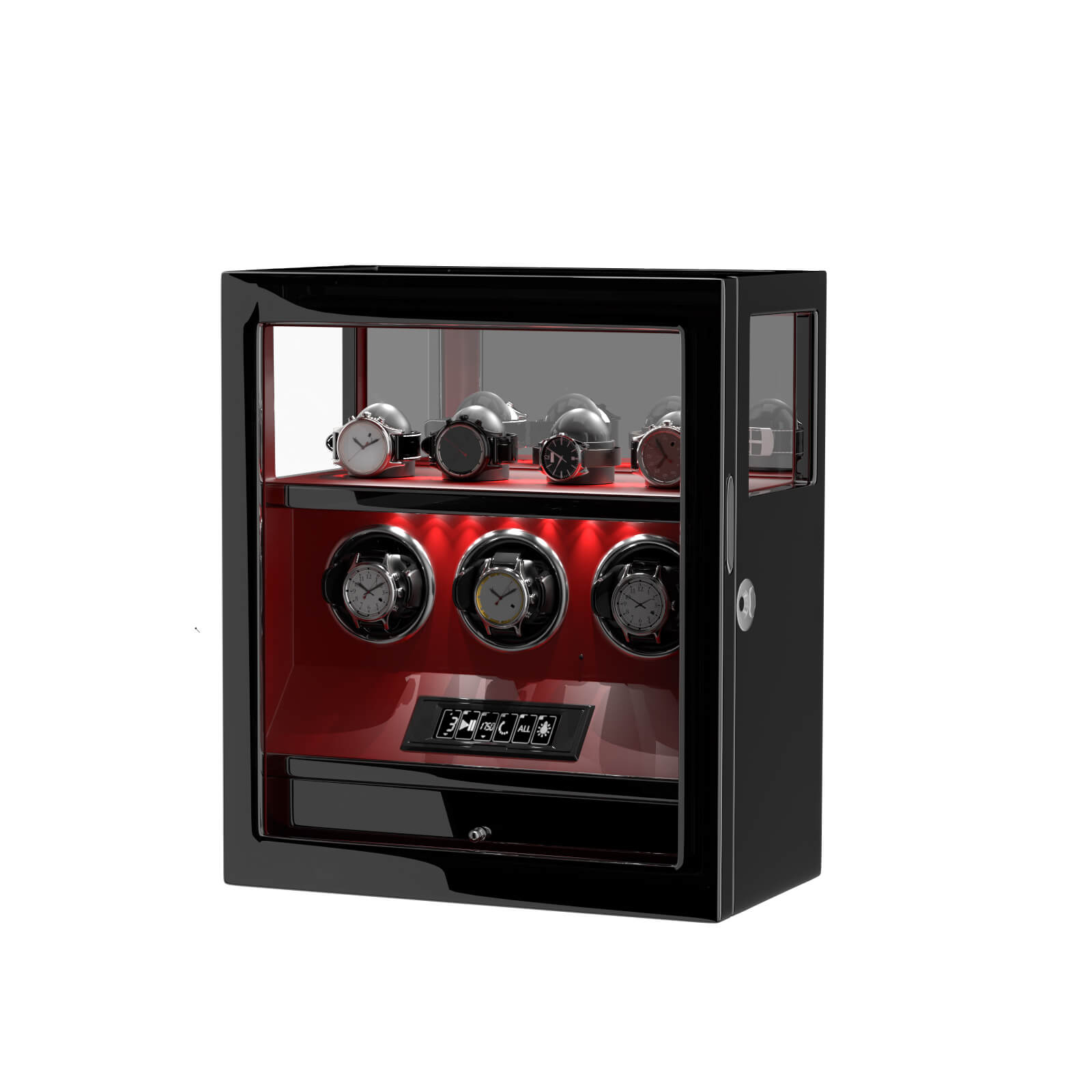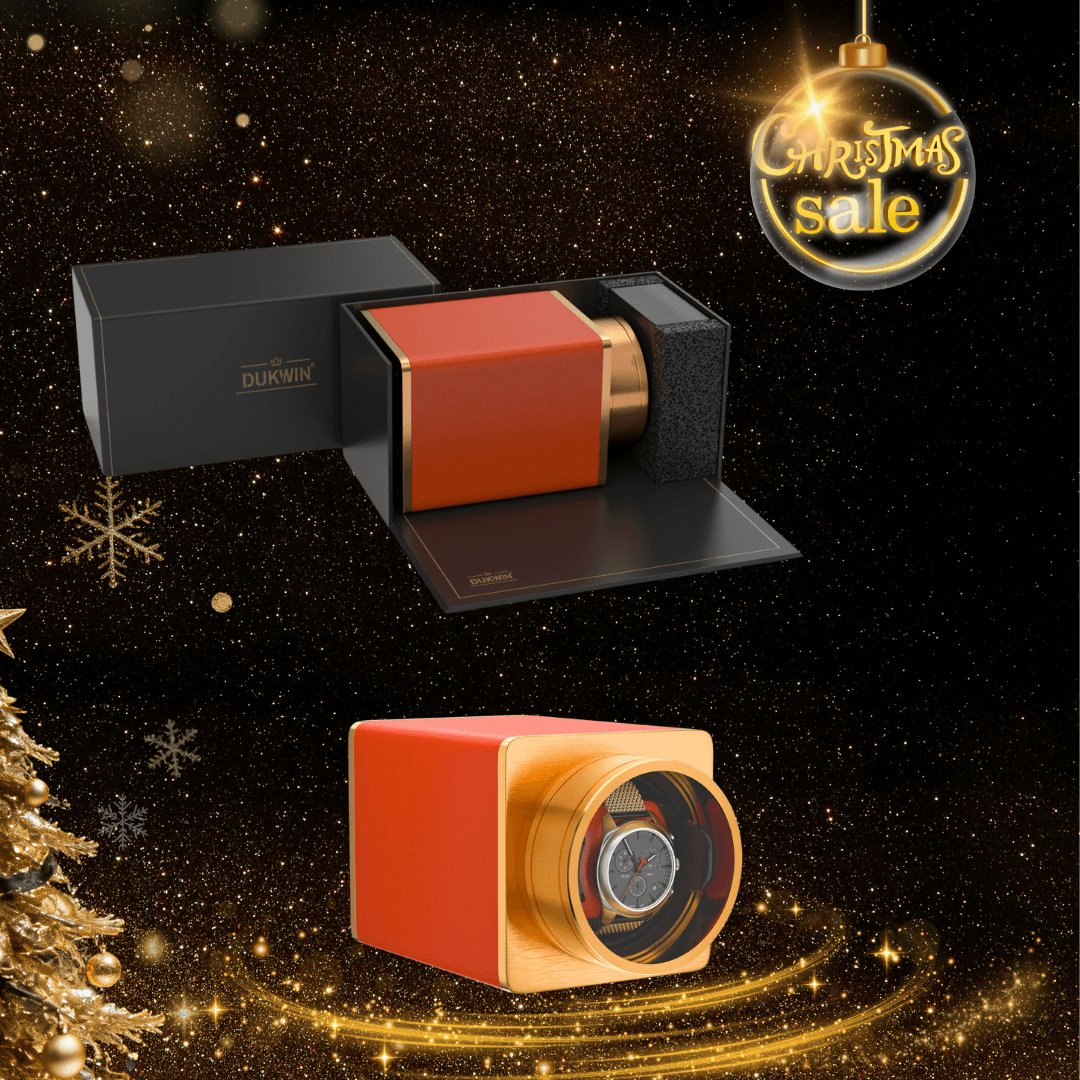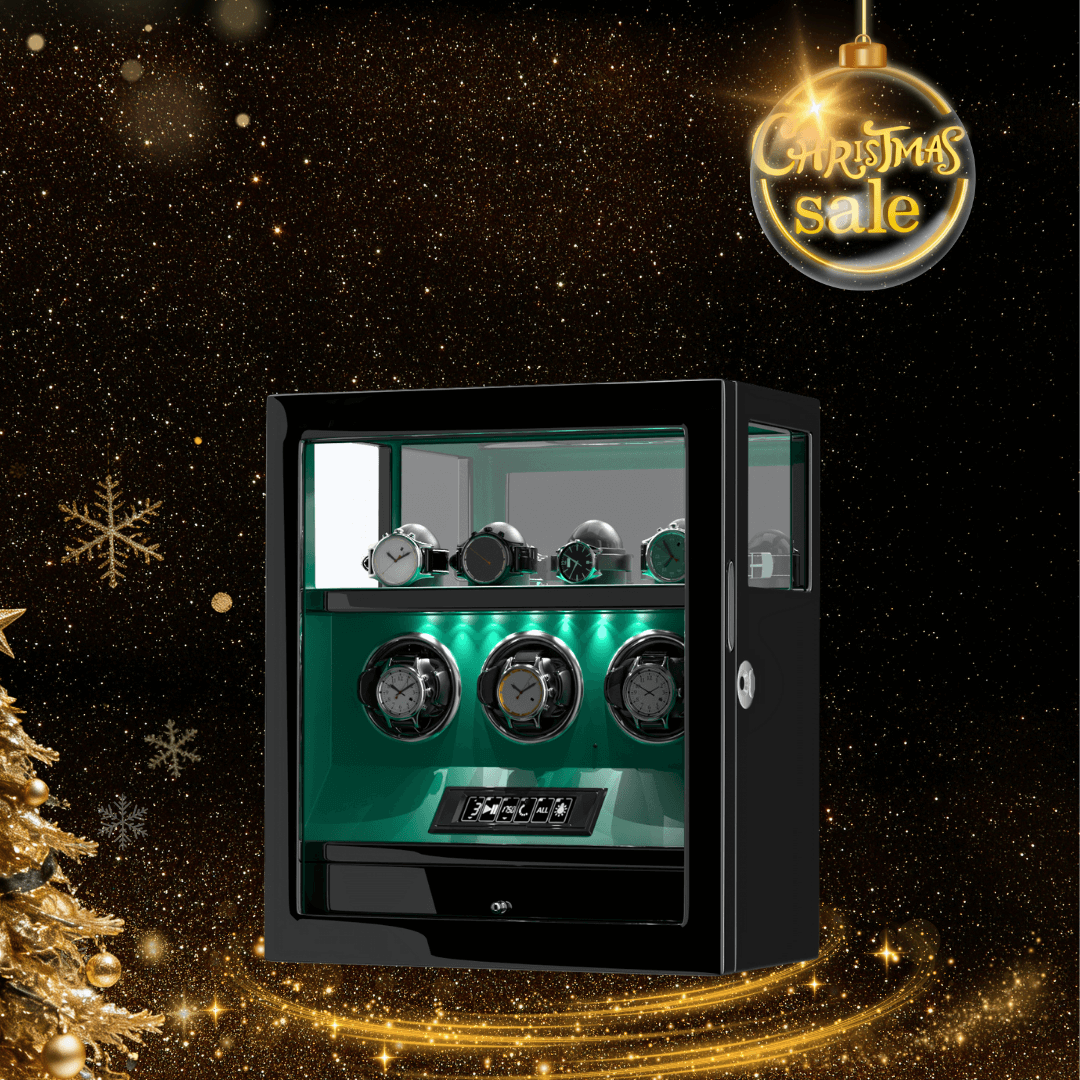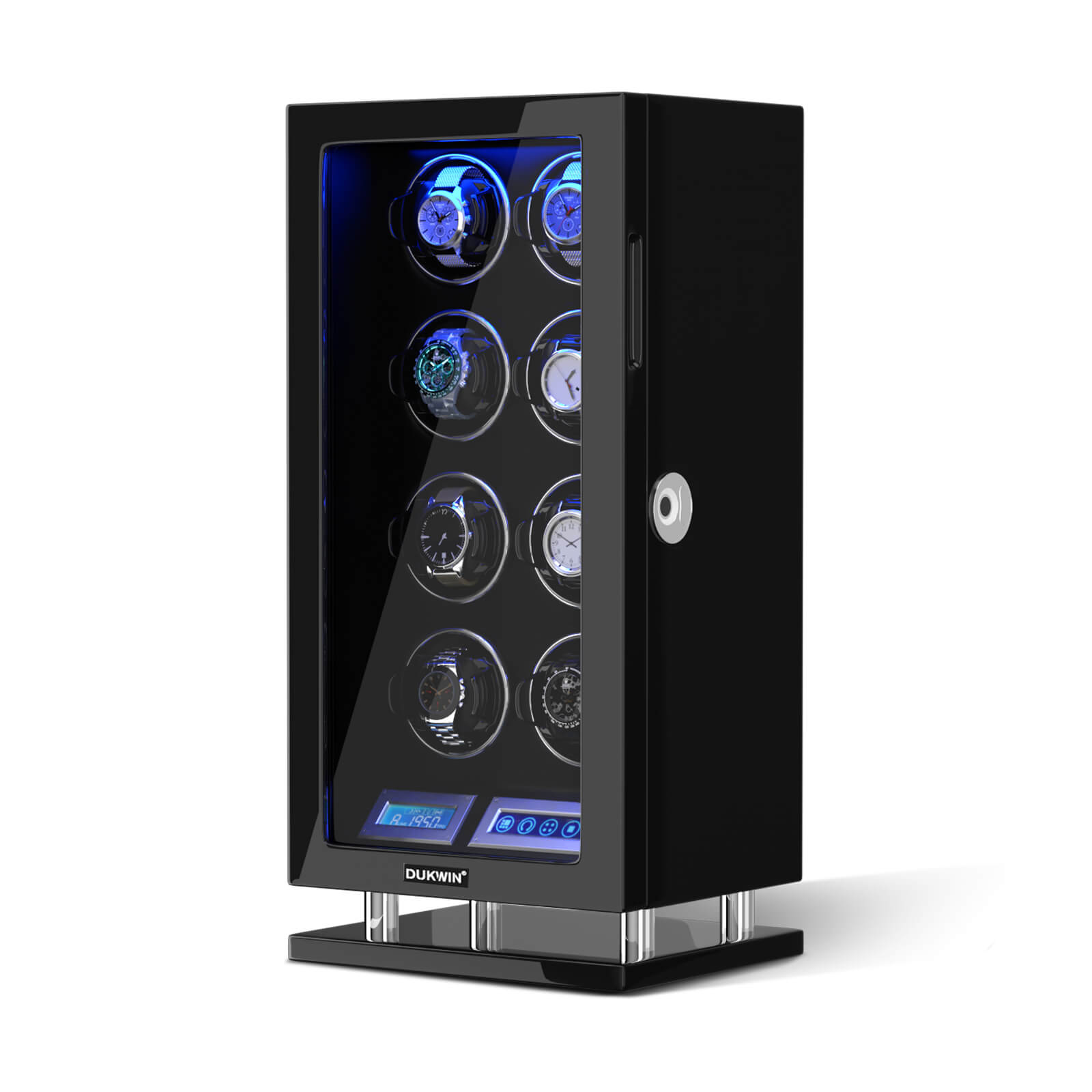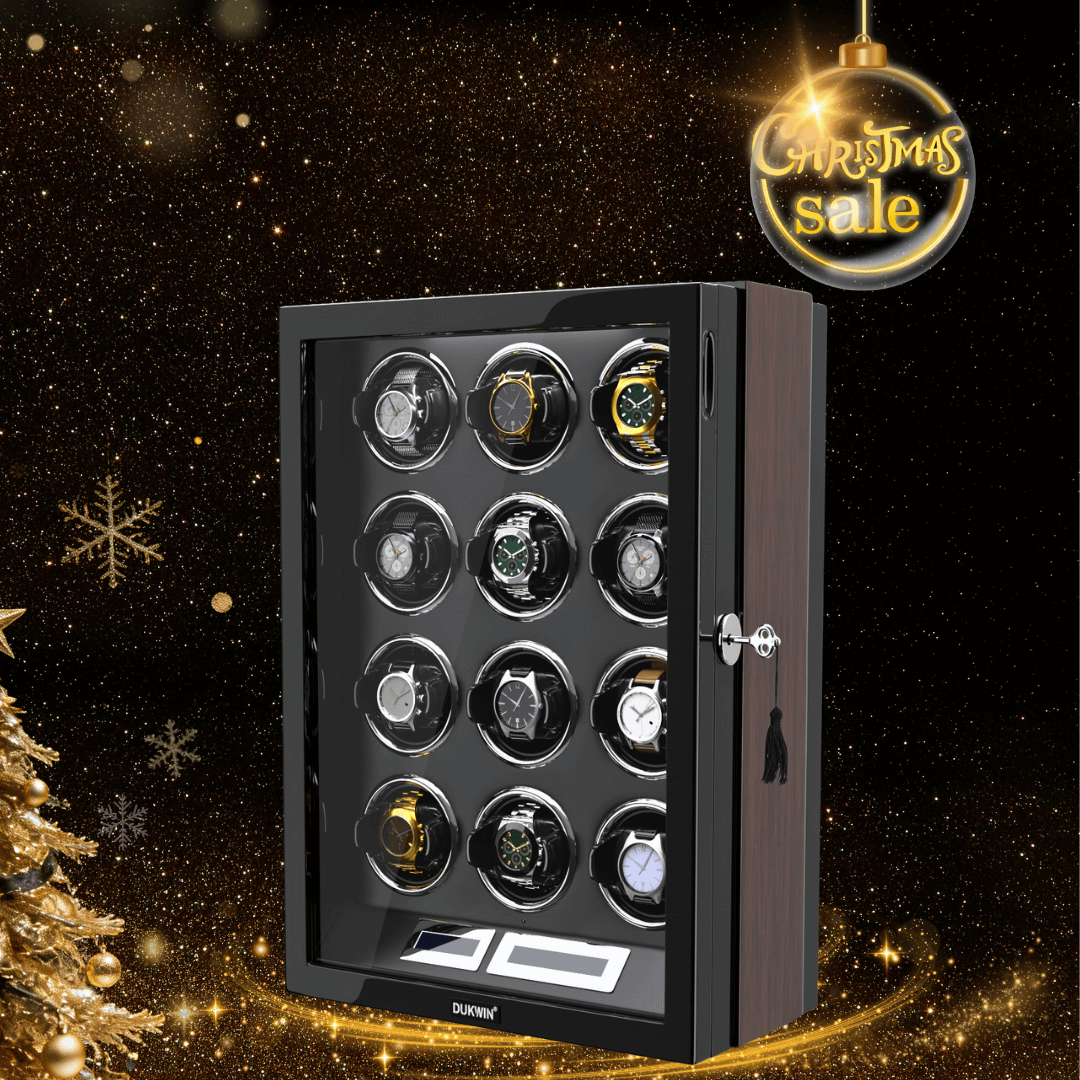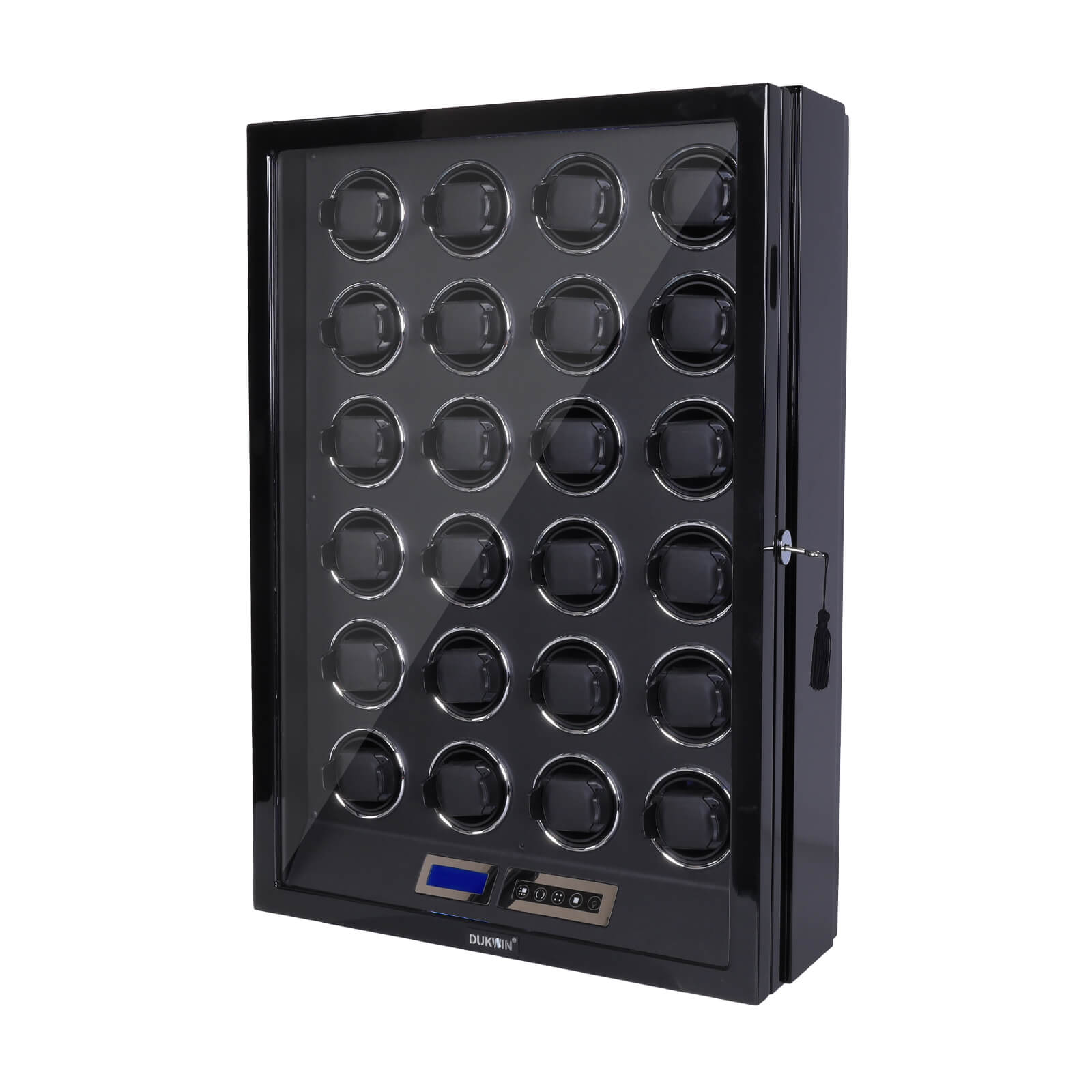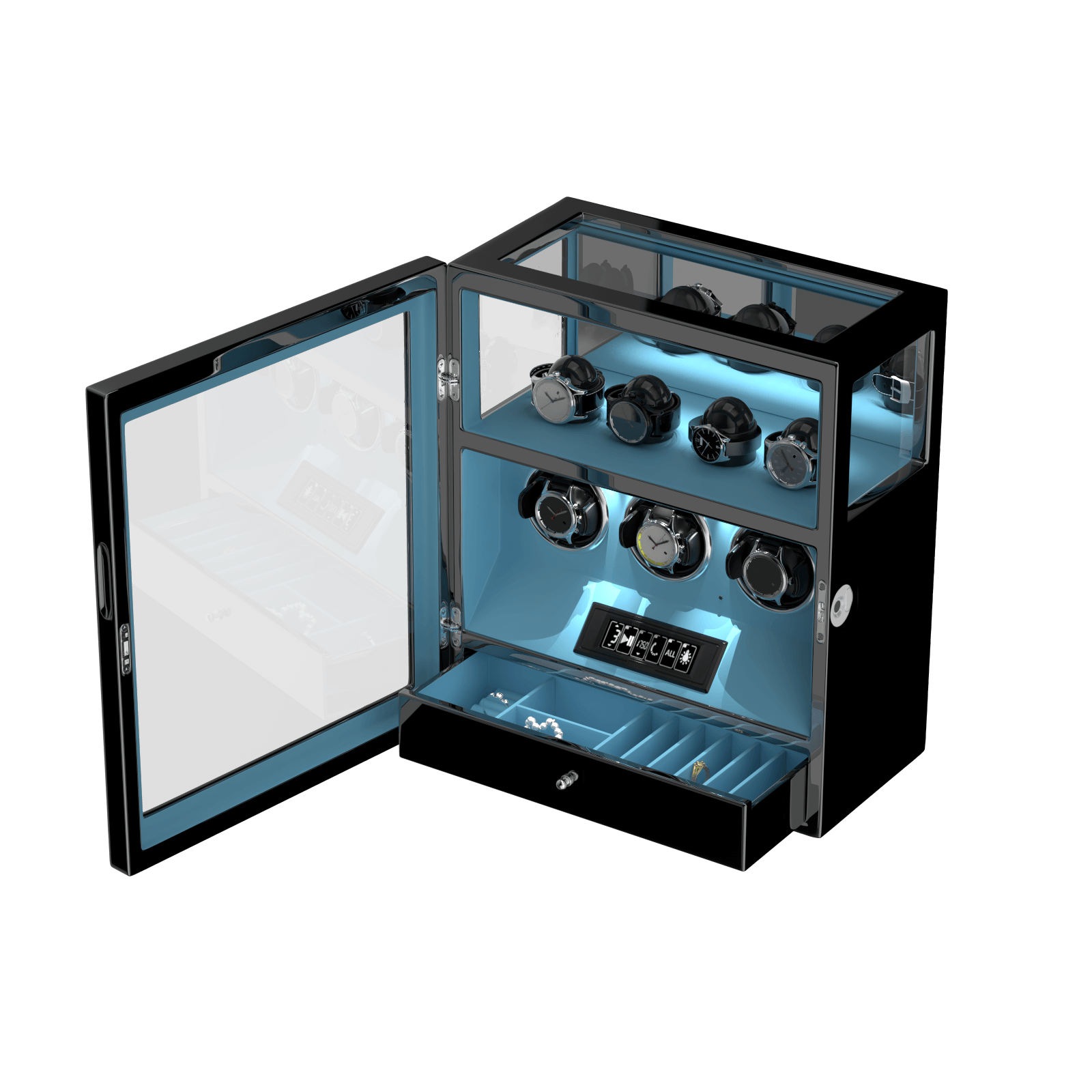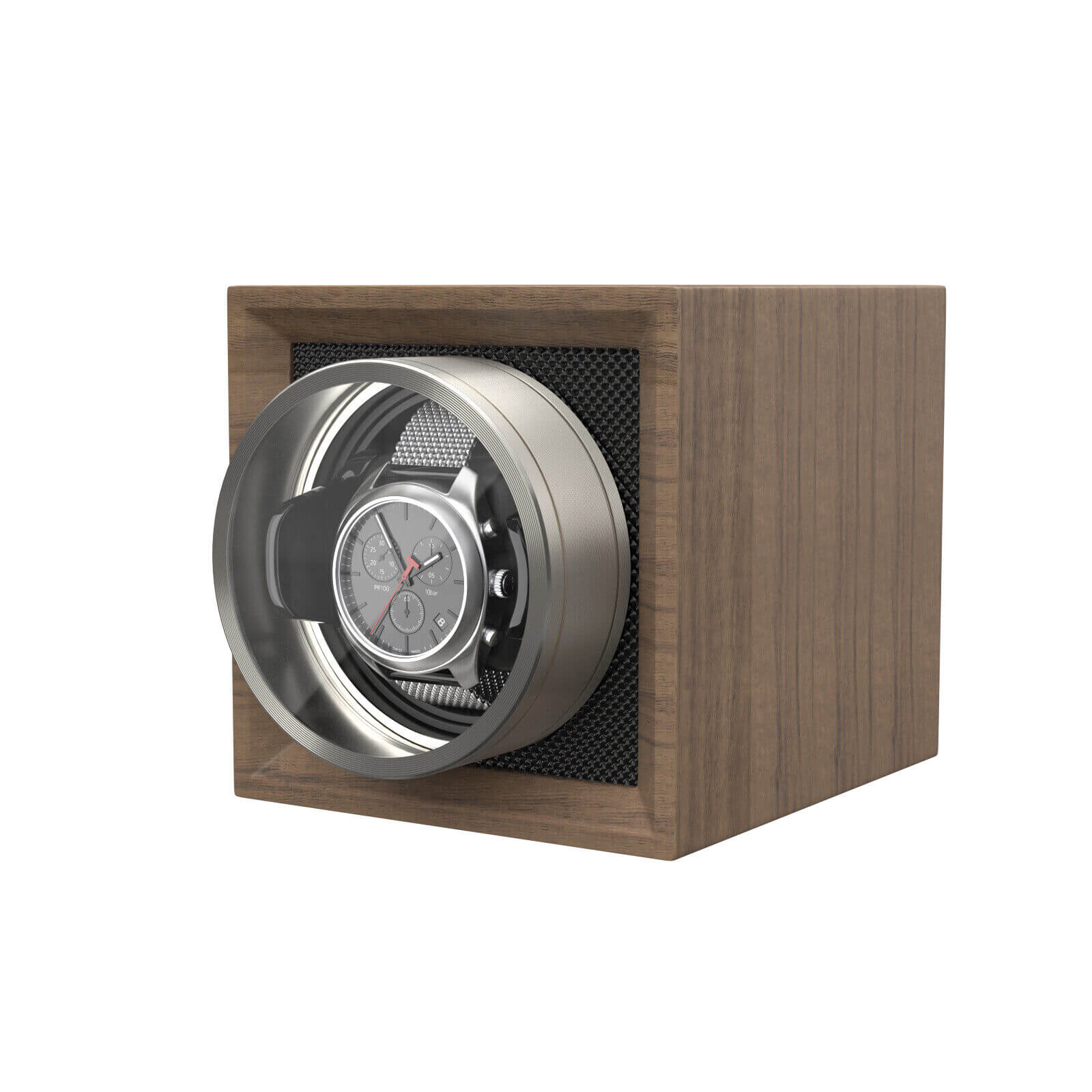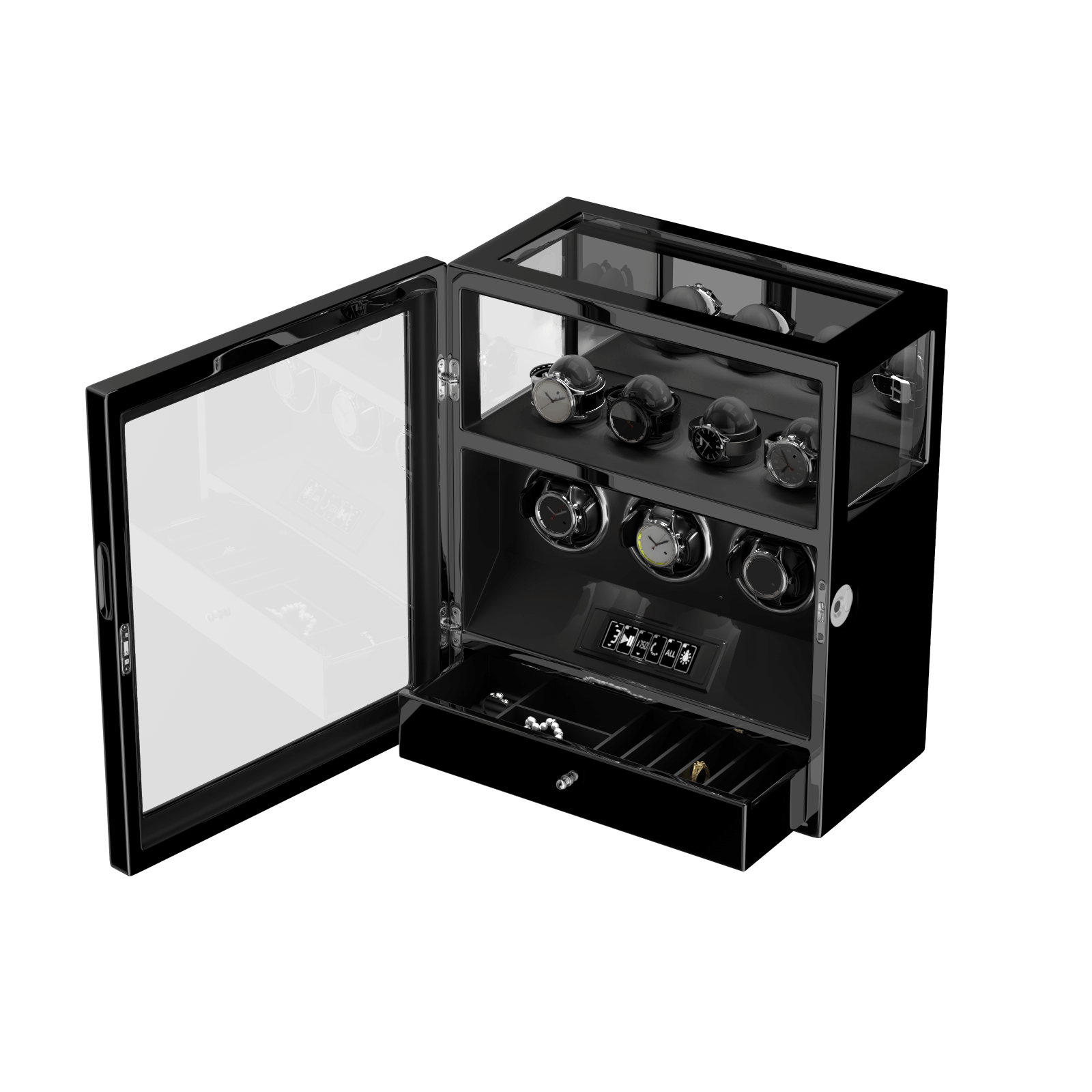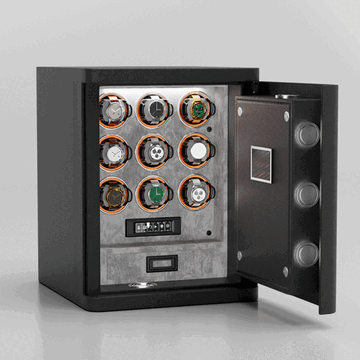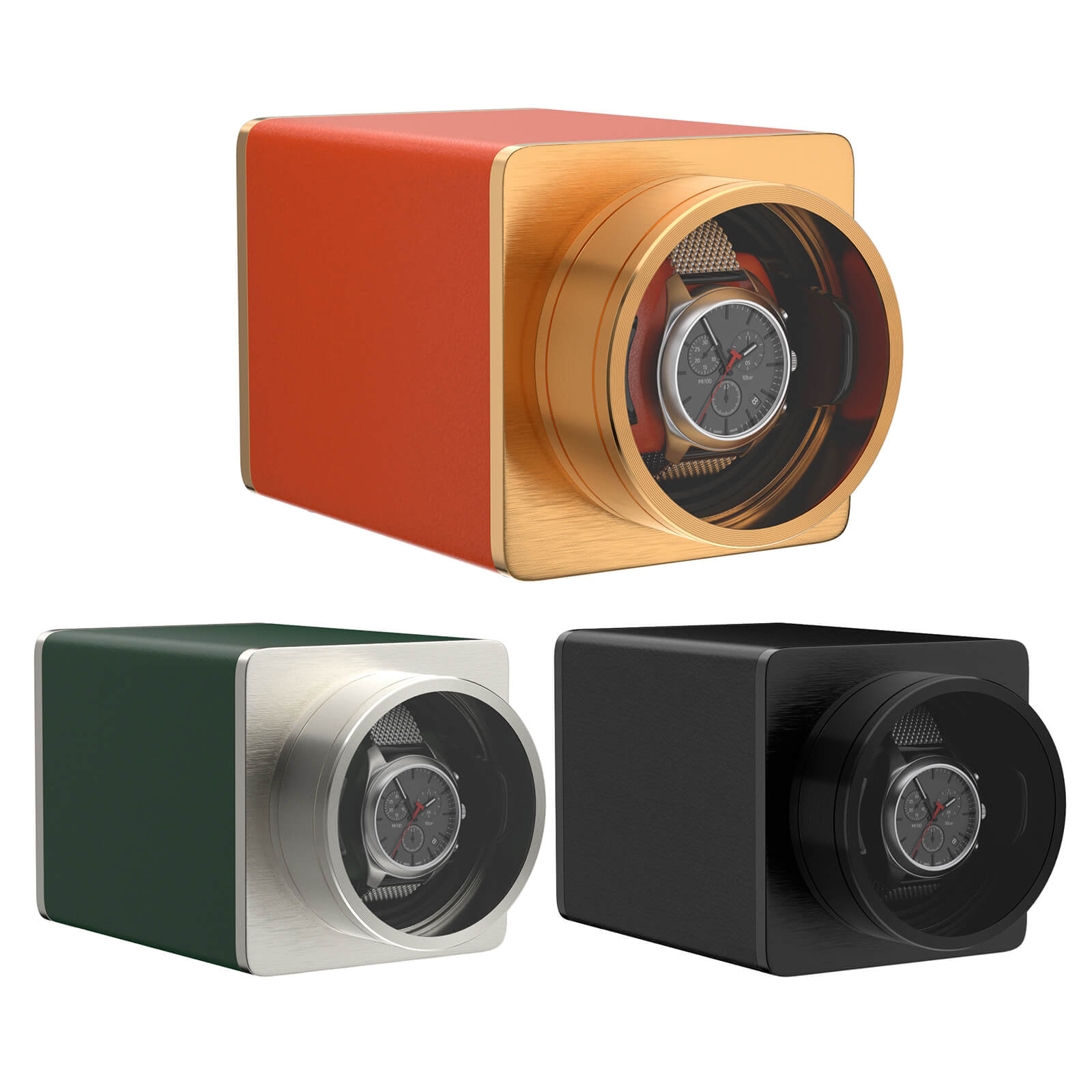In a prior blog, we noted that an authenticated luxury watch is a chronometer. We also provided a brief look into the chronometer’s history and revealed that John Harrison essentially created the first chronometer. So understanding what is a chronometer will help you understand luxury watches.
Let’s take a closer look at Harrison’s work and his series of chronometers, which continue to impact today’s watches (his story is certainly a lesson in perseverance and dedication).
But, once more, let’s again see what inspired the chronometer, as it greatly influenced and affected Harrison’s work.
1707 Scilly Naval Disaster
On October 22, 1707, five Royal Naval fleet ships struck the Gilstone Ledges’ rocks off the Isles of Scilly - between 1400 and 2000 sailors perished. Today, it remains one of the worst British maritime disasters. The navigators’ inability to precisely gauge the ships’ positions and other course-plotting errors contributed to the tragedy.
In 1714, the terrible loss motivated Parliament to create the Board of Longitude (Board), which offered a prize to anyone who could create a device that could measure longitude to thirty miles. A proper way to measure time across longitudes would greatly help correct life threatening, navigational errors.
The Harrison Chronometers
Harrison, a carpenter and self-taught clockmaker, entered the contest. He first created a sequence of wooden clocks (H1) that utilized springs to absorb ship movements. After a successful 1736 test run, the Board offered Harrison a stipend to go on working.
In 1739, Harrison concocted a smaller sea clock (H2) that counteracted temperature changes. The War of Austrian Succession, however postponed testing as officials did not want enemies somehow acquiring the prototype.
Twenty years later, in 1757, Harrison built H3, an even more lightweight and compact ocean clock. Four years after that, in 1761 he finished H4, an easy-to-carry, round silver watch that remained precise under temperature variations and resisted expansion and contraction (H4’s mechanism, a primordial thermostat, would benefit engineering concepts centuries later). In over eighty days of testing, H4 lost only 5.1 seconds.
Harrison, however, wasn’t a member of a group of distinguished clockmakers, so some individuals attempted to invalidate his work and credit others with his inventions. The Board, thus, never distributed the full prize money to anyone, including Harrison.
In 1770, Harrison and his son developed H5, a white enamel dial watch containing a gold central star with which to adjust the hands. Over a five month voyage, H5 achieved superb results. Parliament and King George III then intervened and, in 1773, nearly sixty years later, finally distributed the Board prize money to Harrison.
You can see the H1, H2, H3 and H4 chronometers at the Royal Observatory at Greenwich. The Worshipful Company of Clockmakers owns H5 - most recently, it displayed its collection at the Science Museum, London.
We’ll continue to examine this past and wee how it impacts today’s luxury watches.
Dukwin is passionate about luxury watches. When looking for ways to care for them, it fell in love with watch winders, which inspired it to create its own line. Dukwin offers the best quality winders and handmade winder watches, automatic watch winders, watch winders in fingerprint lock, fingerprint watch winders, and fingerprint based watch winders. Look no further than Dukwin for luxury watch care.










